Texas Outdoors Network
-

Benchmade Fishcrafter 9″ Fillet Knife Review
The Benchmade Fishcrafter sets a new standard in fillet knives. Big enough to handle redfish but delicate enough for trout.
-
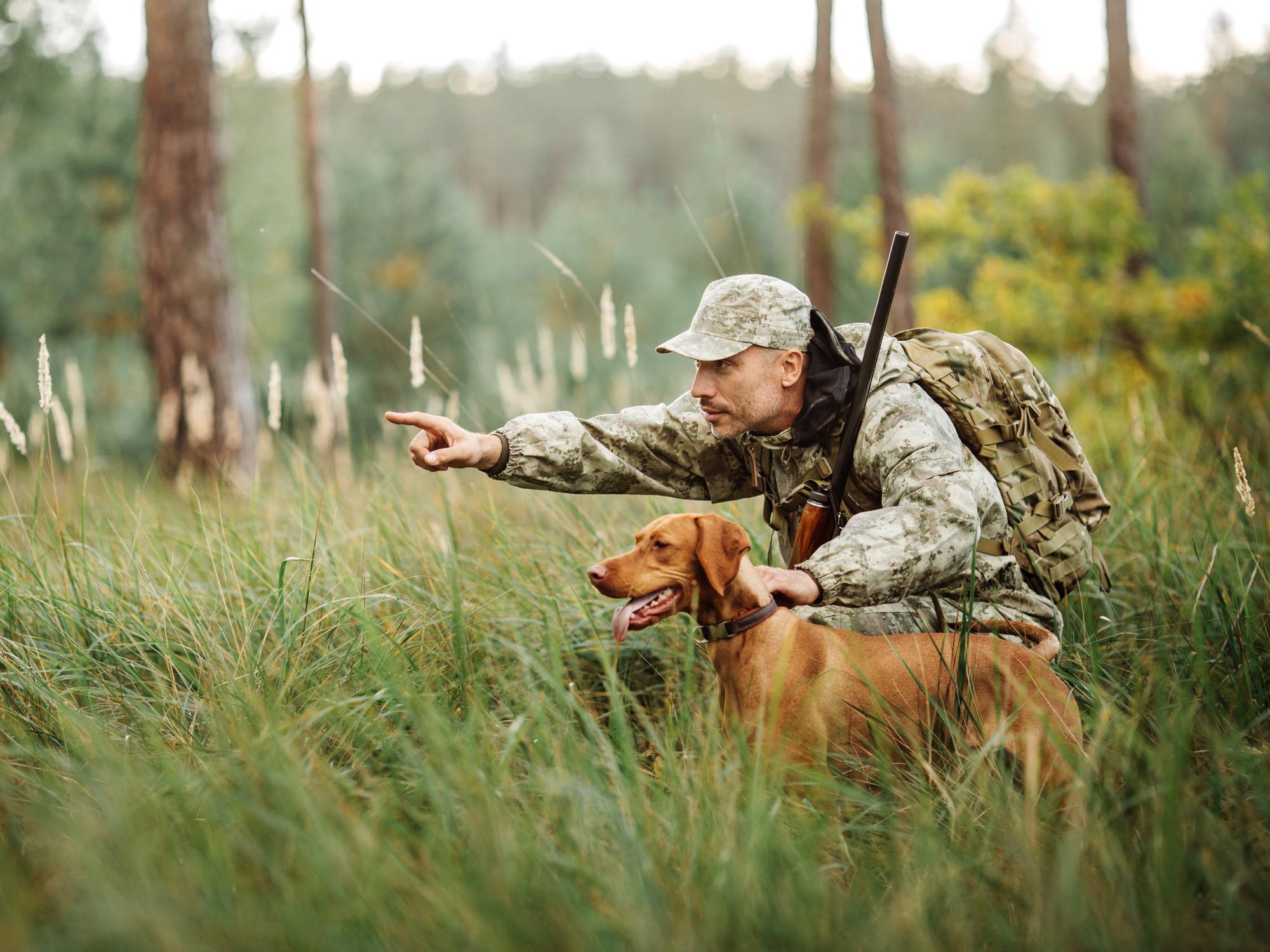
How To Fall in Love With Hunting Again This Season
Reignite your passion for hunting season again by taking a trip, upgrading your gear, or making community connections that will enrich your experience.
-
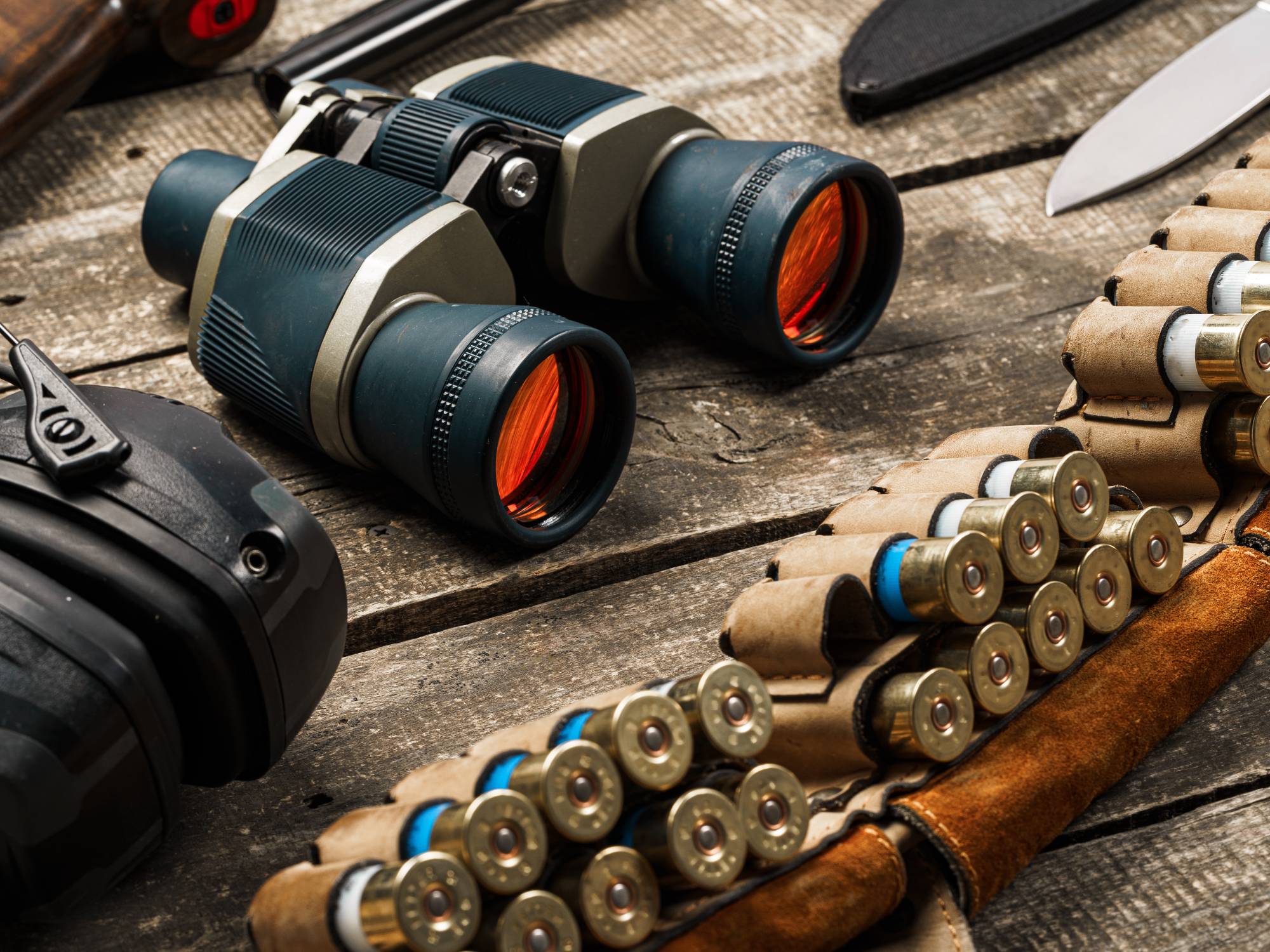
How To Store Your Hunting Gear in the Off-Season
Is it the off-season for you? To keep your hunting gear in top shape for when you need it next, follow these tips for proper cleaning and storage.
-
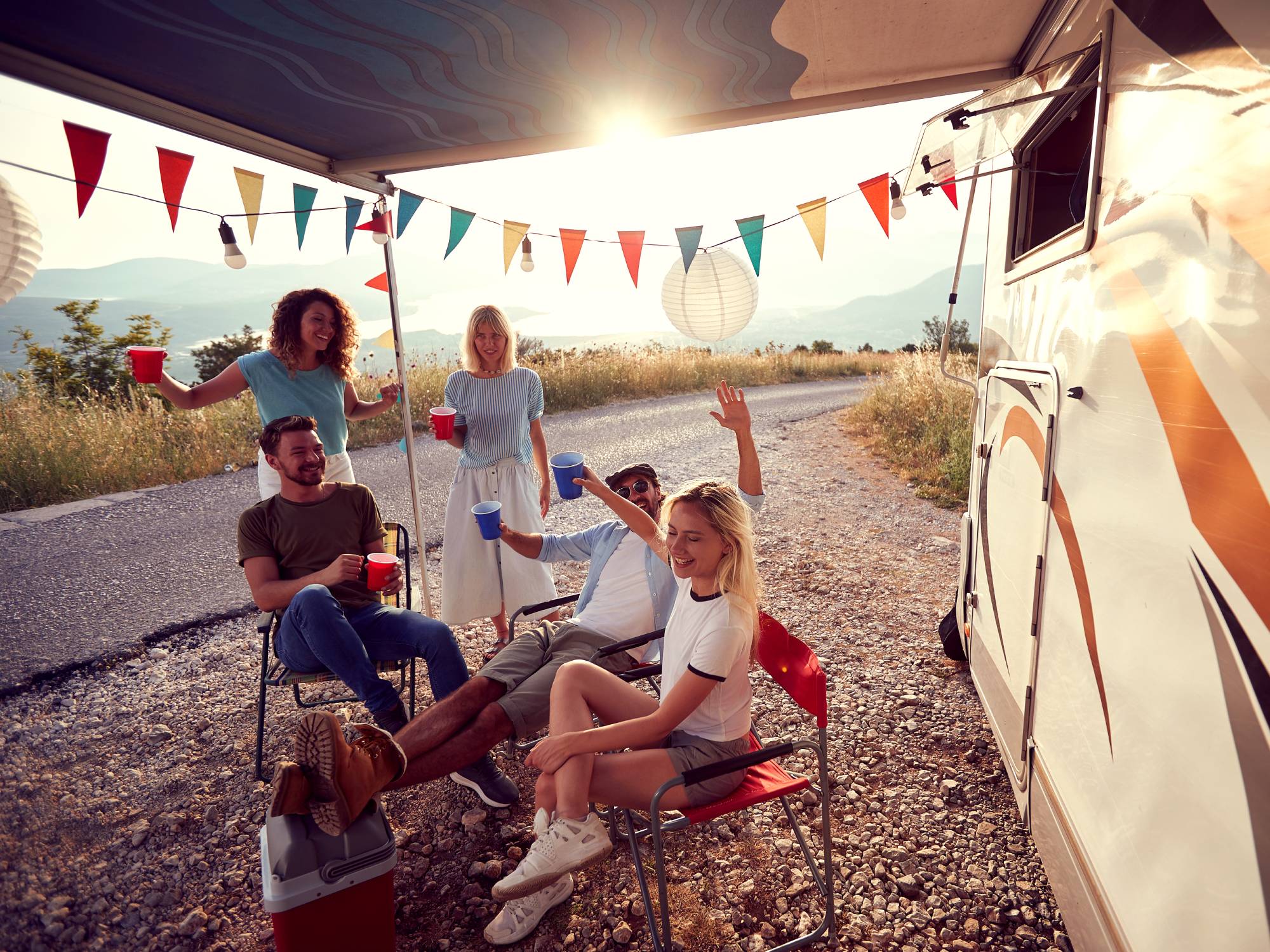
Signs It’s Time To Replace Your RV Appliances
Your RV’s appliances are properly working overtime right now considering gameday Saturdays are here. But are they in need of a replacement? Learn more here.
-

Customizing Your Firearm: A Beginner’s Guide to Gun Modifications and Upgrades
New gun hobbyists are often shocked by the overwhelming amount of available gun modifications and upgrades. Gun enthusiasts often love to modify their firearms for many reasons, ranging from enhancing safety to increasing accuracy or giving their firearm a unique aesthetic flair. However, understanding just how modifiable guns are and some of the most common…
-
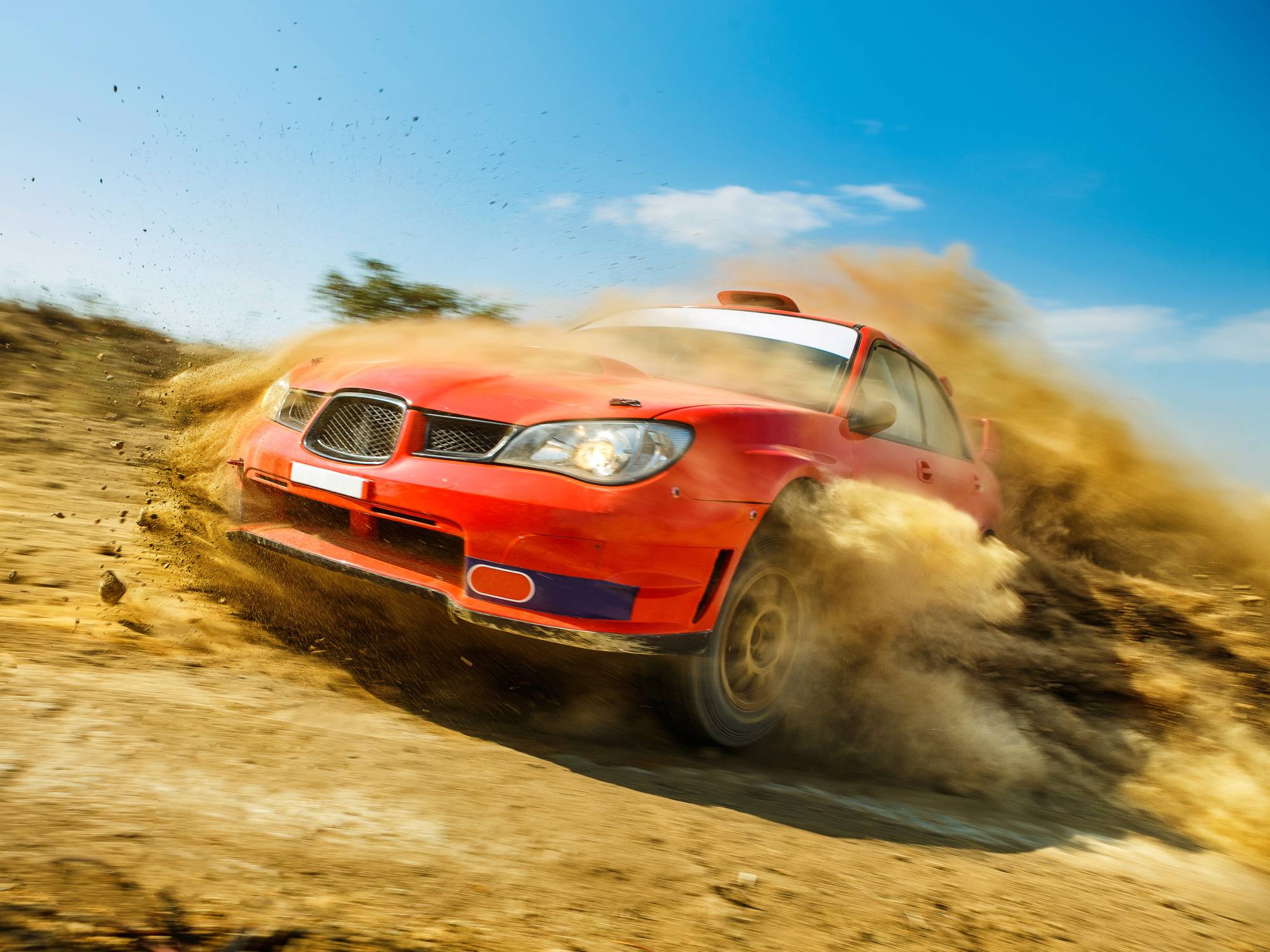
How To Turn an Ordinary Street Car Into a Rally Race Car
Do you want to turn your ordinary street vehicle into a racing machine? Learn how to transform a regular car into a rally racer in our guide here!
-
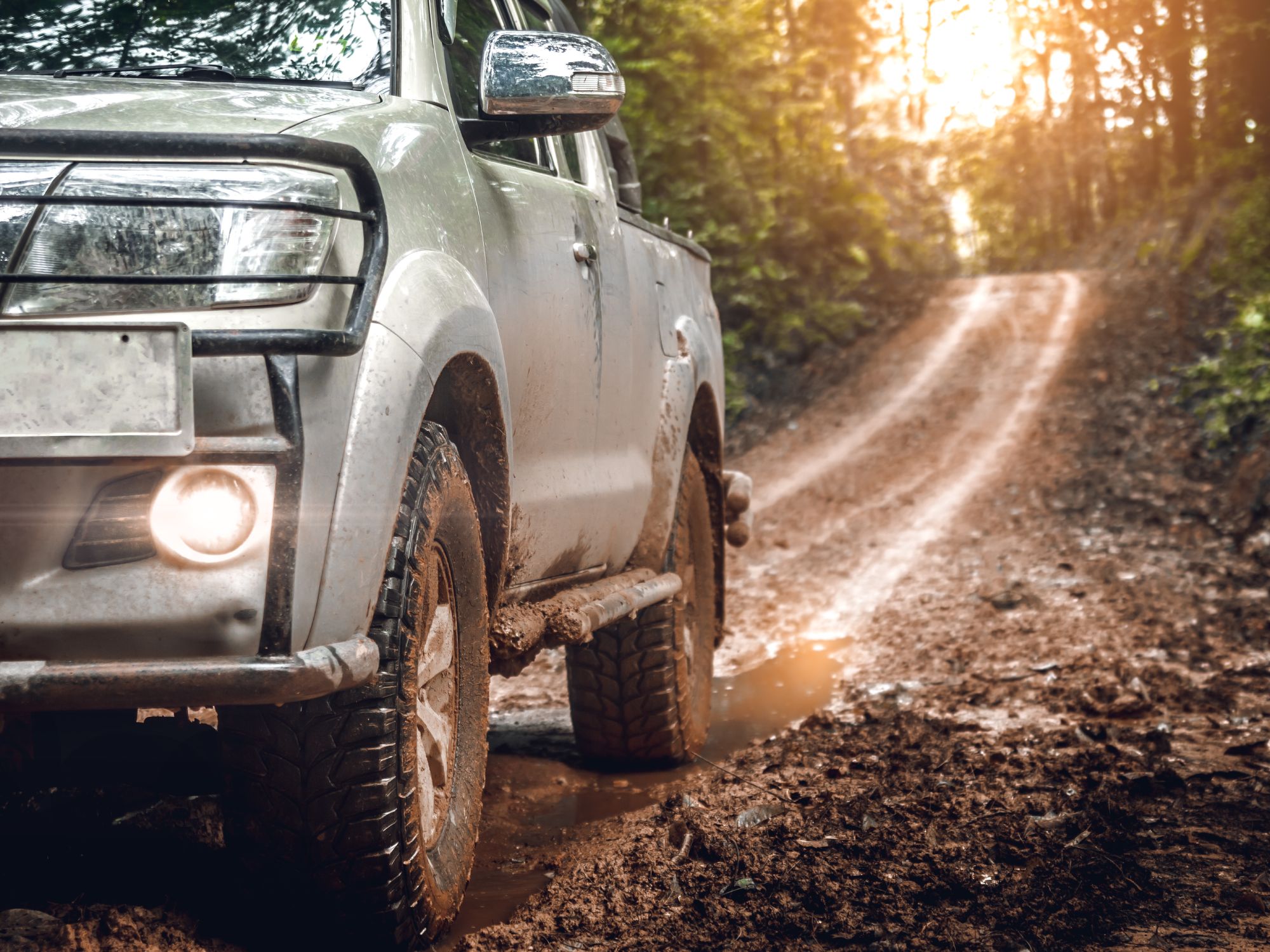
Outfitting Your Truck for Off-Roading: What You Need To Know
Do you want to turn your pickup truck into an off-road capable vehicle? Learn how to outfit your truck for off-roading in Texas with our guide here!
-

Essential Slowpitch Softball Gear You Need for Success
Slowpitch softball is more than just a game; it’s a community, a passion, and a great way to stay active. Whether you’re a seasoned player or just starting out, having the right gear can make all the difference in your performance and enjoyment of the sport. In this article, you’ll find the essential slowpitch softball…
-
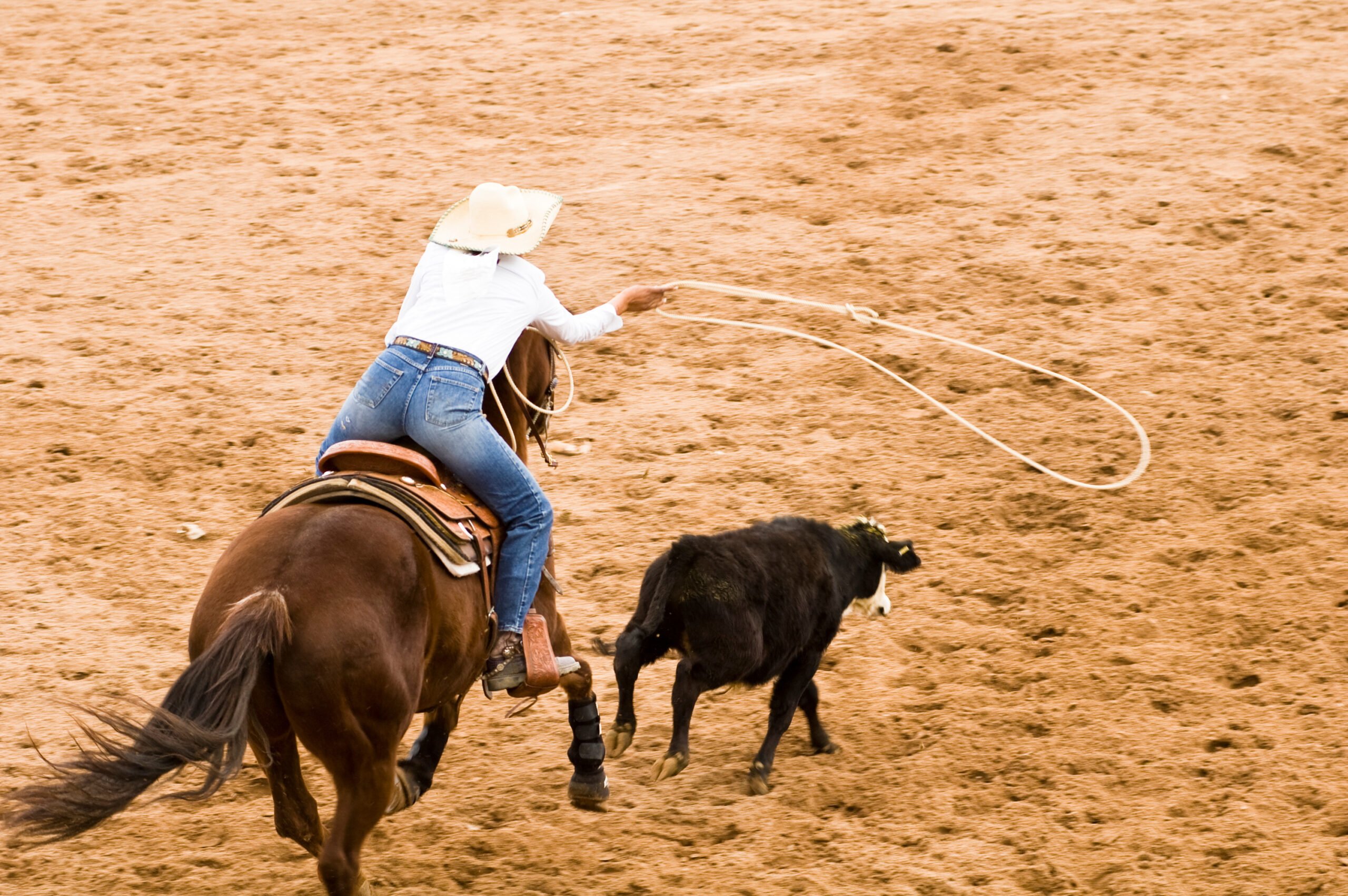
Beginner Calf Roper: Essential Gear Guide
Are you curious about calf roping and ready to jump in? This classic rodeo event requires skill, practice, and the right gear.
-

TPWD Announces Launch of New Updated Paddling Trail Website
TPWD Announces Launch of New Updated Paddling Trail Website AUSTIN – Texas Parks and Wildlife Department (TPWD) will launch a newly updated paddling trails website Sept. 22 in celebration of World Rivers Day. The revamped website is designed to give paddlers in-depth information and innovative tools to make the most of their adventures on the…
-
Millertech LifeP04 deep cycle battery
A little over a year ago I got the bug to put trolling motors on my two kayaks for fishing. I really wanted to be able cover a lot of water, both locally in the central Texas lakes and down on the coast. My main focus was really on being able to search for reds…
-

Hitting the Green: How To Get More Out of Your Golf Game
Anyone who loves to golf understands that getting better takes patience and practice. With these key insights, you can improve your game effectively.
Got any book recommendations?